Central Valley / Northern Pacific Tour
- 7 Days
- 6 - 12 People
- Bus
- Hotel Stay
Guanacaste Coast Tour
The Central Valley of Costa Rica is considered the heart of the country. It is home to the capital city of San Jose and neighboring towns such as Alajuela, Heredia, and Cartago. Two-thirds of the country’s population lives here.
The Central Valley is an excellent starting point for exploration because of the wide range of day excursions available from the area. You can enjoy day trips to coffee farms, join various cultural tours, view volcanic craters, see beautiful lagoons and even go on world-class whitewater rafting excursions.
The Northern Pacific Coast (Guanacaste Coast) offers sunny days, excellent surf, and stunning beaches. Favorite among tourists, this part of Guanacaste is the least populated area of the country.
Among the best and most easily accessible beaches of Costa Rica, the North Pacific Coast has an abundance of marine life, especially around the Isla Santa Catalina area, Playa Panama, Hermosa, del Coco, Potrero, Brasilito, and Playa Conchal, as well as Tamarindo. Divers will love the exceptional diving sites in the area.
This is the perfect tour for people interested in getting a taste of the Central Valley and Northern Pacific areas of Costa Rica.
Once you reserve your spot on tour, you will have access to our expert team of relocation consultants who are very knowledgeable in the areas of Costa Rican culture, residency, real estate, and investing in Costa Rica.
If you are interested in relocating to Costa Rica, take advantage of the opportunity to join our Virtual Relocation Tour.
Get a head-start on making your move to Costa Rica with our advice and information!
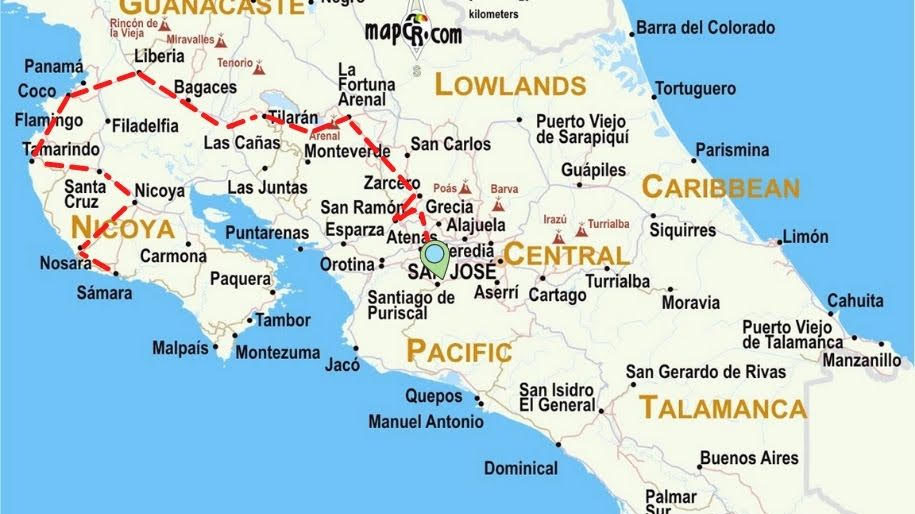
What will I Experience?
On this tour, you will experience Costa Rica by visiting popular Central Valley and Northern Pacific places. This is an excellent tour to introduce you to the lifestyle, environment, and infrastructure in the country's Central Valley and Northern Pacific areas.
Below is just an example tour schedule. Feel free to make any changes suitable for your trip!
Tour Schedule
Day #1
- Arrival in Costa Rica
- Hotel Check-in (Hotel Palma Real, San Jose)
- Welcome Dinner
Day #2
- We will visit one of the two active volcanoes in the vicinity of San Jose.
- Lunch
- We embark on a tour of the neighboring towns of Escazu, Santa Ana, Ciudad Colon, Lindora, Valle del Sol.
- Dinner at Hotel
Day #3
- We leave the Central Valley and head towards La Fortuna and The Arenal Volcano. On the way we will visit several quaint little towns like Grecia, Sarchi, Naranjo, Palmares and San Ramon.
- Lunch in La Fortuna
- Hotel Check-in
- Buffet Dinner + Hot Springs: in the evening, we will enjoy the Tabacon hot springs and a delicious buffet dinner.
- Hotel Return
Day #4
- Our destination is Tamarindo, a famous beach town, on the Northern Pacific. We take our time driving around Lake Arenal, enjoying the views, visiting some land developments. Have your bathing suits and cameras ready because we will be visiting a spectacular waterfall.
- Lunch: our lunch will be at Tierra Mar in Liberia, famous for seafood and BBQ. Liberia is the capital city of the Guanacaste province.
- Beach Tour: we cross the peninsula and hop beaches from the north - Playa Panama, Playa Hermosa, Playa Del Coco, Portrero, Brasillito, and Conchal until we arrive at our destination of Tamarindo.
- Hotel Check-in: The Barcelo Hotel Playa Langosta.
- Dinner at Hotel
Day #5
- Our destination today is Samara. On the way we visit the famous Chorotega pottery villages of Guaitil and Vicente.
- Hotel Check-in: Samara.
- Dinner at Hotel
Day #6
- From the neighboring beach Carillo we embark on a whale and dolphin watching excursion.
- In the afternoon we explore villages and beaches south of Samara.
- After enjoying a memorable beach sunset, we have dinner at a restaurant in Carillo, famous for its fish.
Day #7
- Departure to San Jose. For those who are interested we can arrange personal meetings with the experts in Immigration, real estate and investing.
Central Valley Life Style
The Central Valley lifestyle is perfect for a vacation or relocating. The many restaurants, hotels, museums, outdoor plazas, and parks provide many opportunities for activity and entertainment.
The Central Valley offers a variety of cultural and natural attractions, including the best museums in the country: Gold, Jade, National, Costa Rican Art, La Salle Natural Sciences, Insects at the University of Costa Rica, Contemporary Arts & Design, and Children’s, among others. The architectural jewel of Costa Rica, the National Theatre, is one of the main attractions.
National parks in the Central Valley protect the region’s primary volcanoes: Poás, Braulio Carrillo, Irazú, and Turrialba, all of which have transport and viewing infrastructure, allowing visitors to enjoy the bird’s landscapes, craters, and forests.
The capital San José hosts most government services, but other provincial capitals – Alajuela, Heredia, and Cartago – offer several commercial and quality tourism services.
The Central Valley has two areas of extraordinary beauty that are tourist destinations in and of themselves: Turrialba and the Valley of the Saints. Rural villages offer great scenic beauty and a glimpse of Costa Rica’s past with adobe houses, large coffee plantations, mills, and dairy farms.













The Food
Costa Rican food is known for its use of fresh ingredients such as fruits and vegetables and is usually moderate. The taste and preparation differ significantly from that of other Latin American countries.
Most Costa Rican dishes include rice and beans, or at least one of them. Costa Rican cuisine may be described as “comfort food,” cooked on a wood-fired stove by grandma since every Costa Rican grandmother knows what is best.
Exotic fruit flourish in the tropical environment, so there’s always something fresh to experiment with in the kitchen.
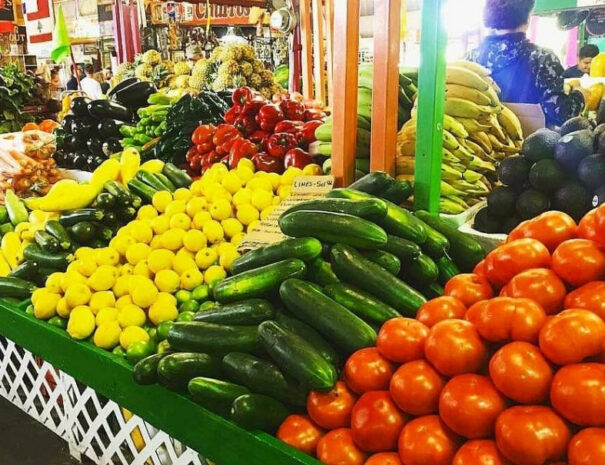
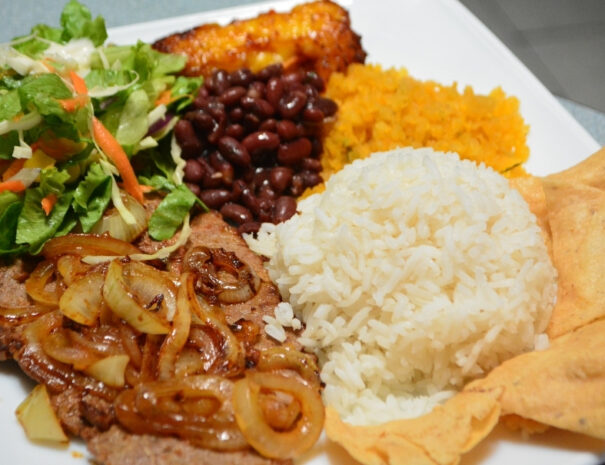
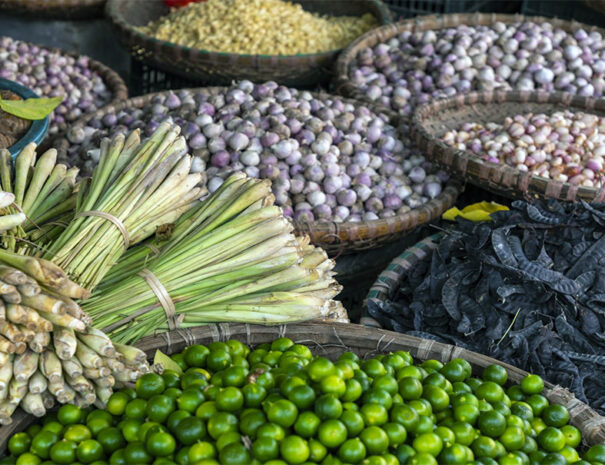
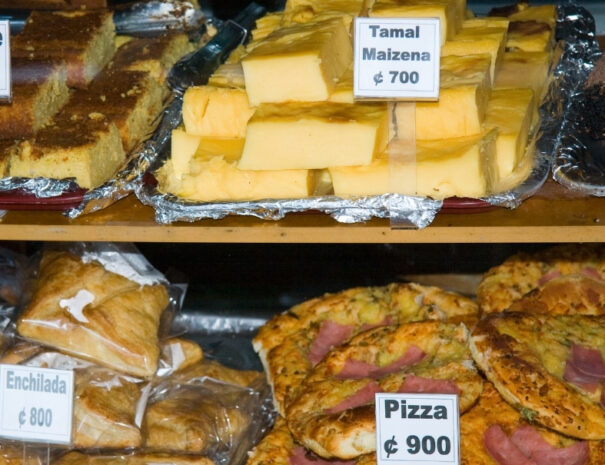

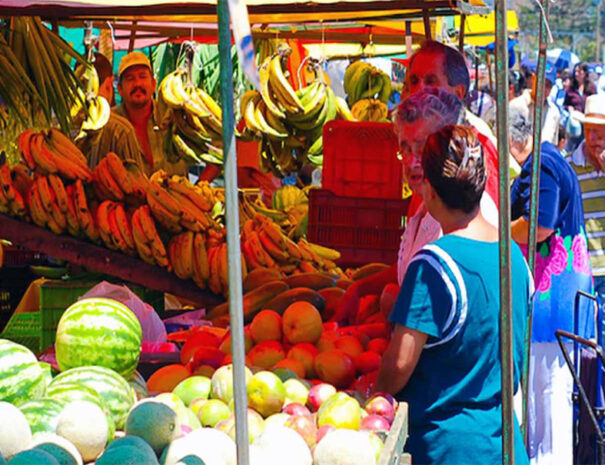
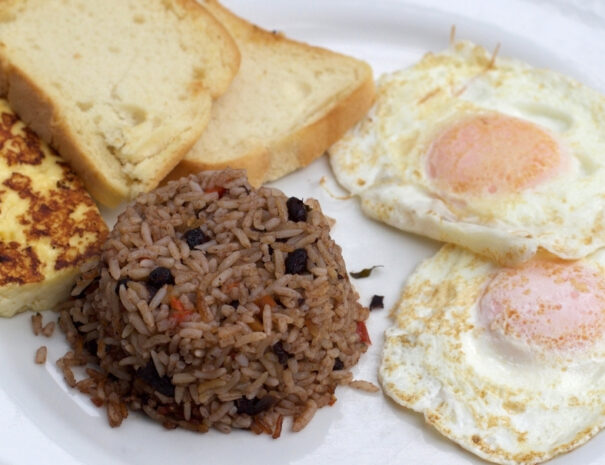
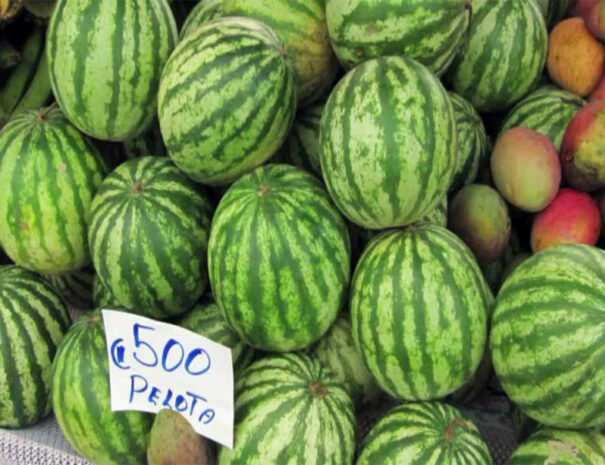

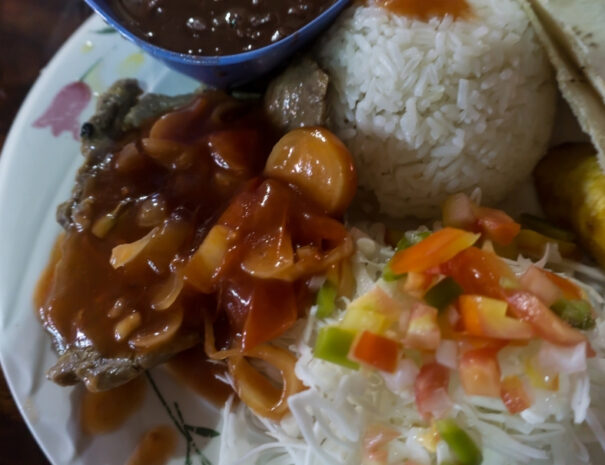
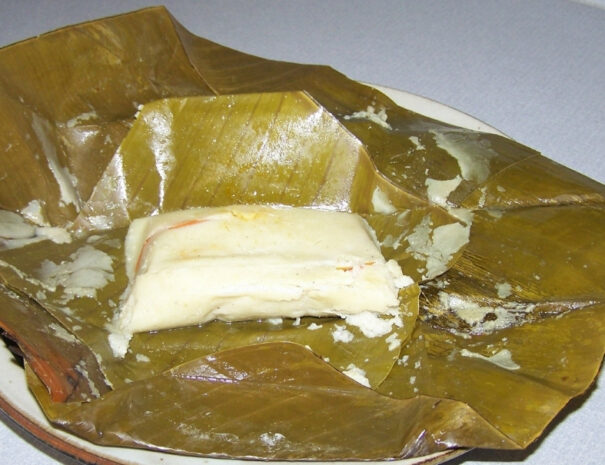
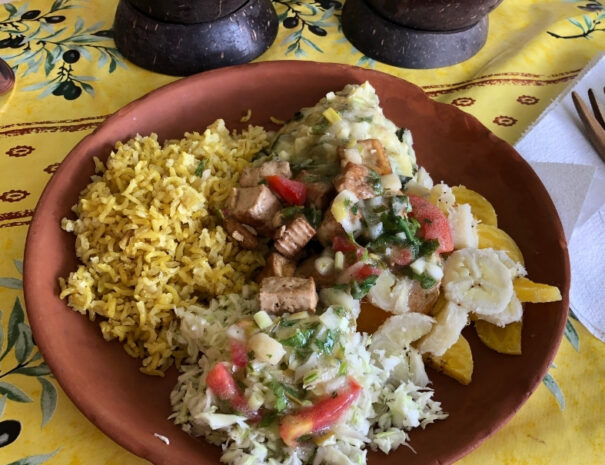
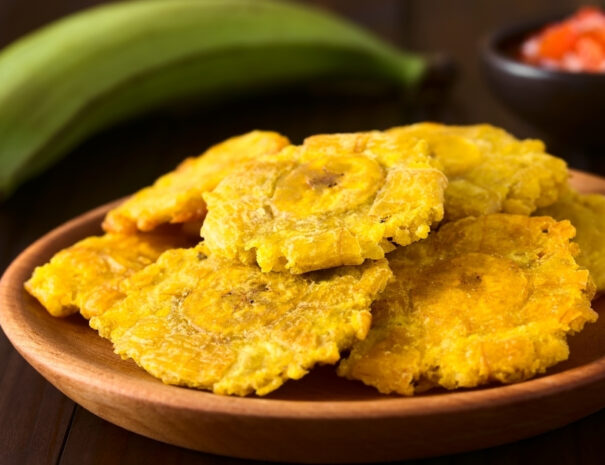
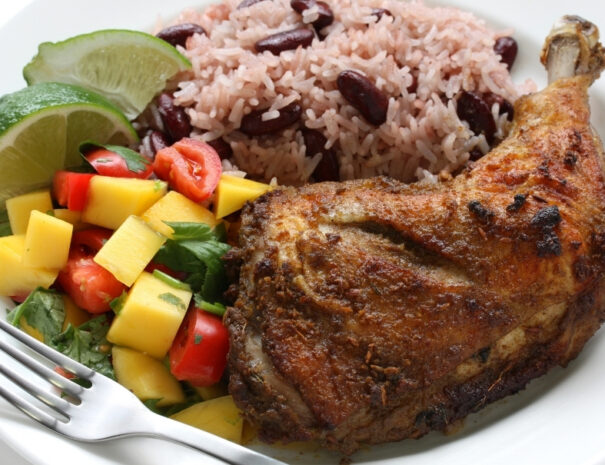
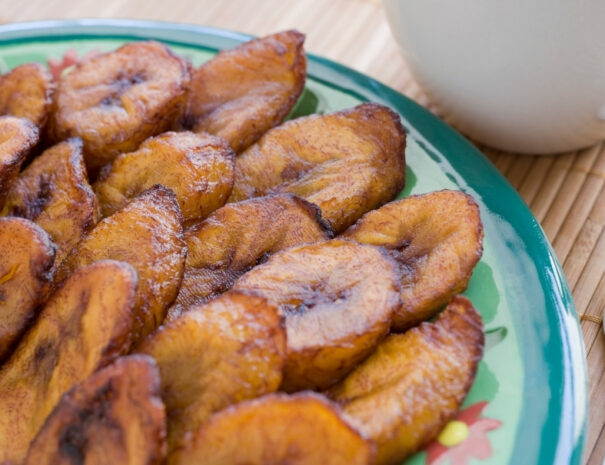
La Fortuna
La Fortuna is a small town that sits at the base of the Arenal volcano. This place is the best site to take in the awe-inspiring grandeur of the volcano. La Fortuna is touristic, but it preserves much of its original “Tico” charm, making it the ideal spot to relax and enjoy the area’s stunning scenery.
Originally called “El Burío”, La Fortuna was founded in the mid 1930s by settlers that came from Ciudad Quesada, Grecia, Alajuela and other parts of the region. They were dedicated to cultivating the land and were primarily responsible for its development.
In 1968, the Arenal Volcano erupted to the west, causing extensive damage and casualties. 82 people lost their lives. The eruption did not reach the village of La Fortuna. This catastrophe, nonetheless, changed the geography of the whole region.
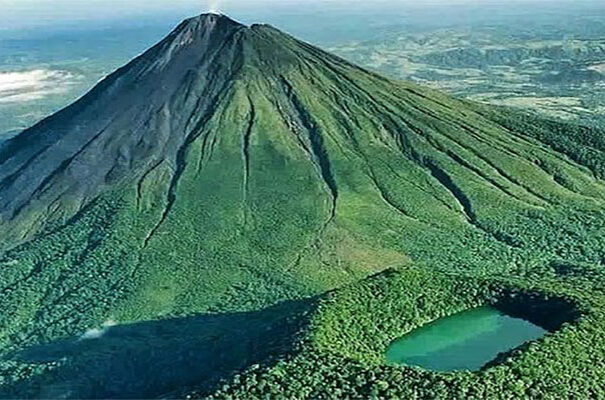
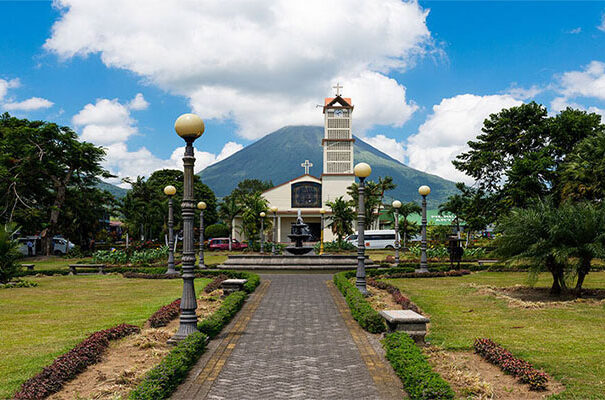
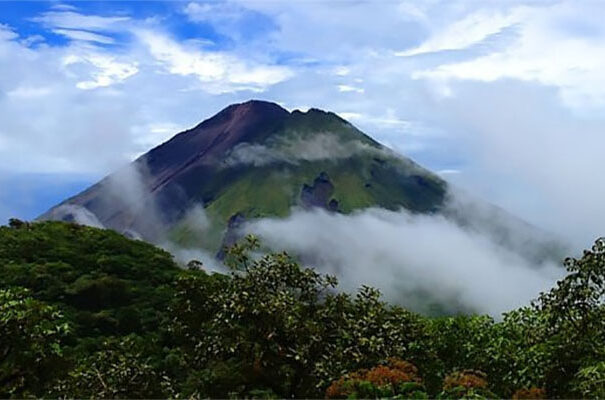
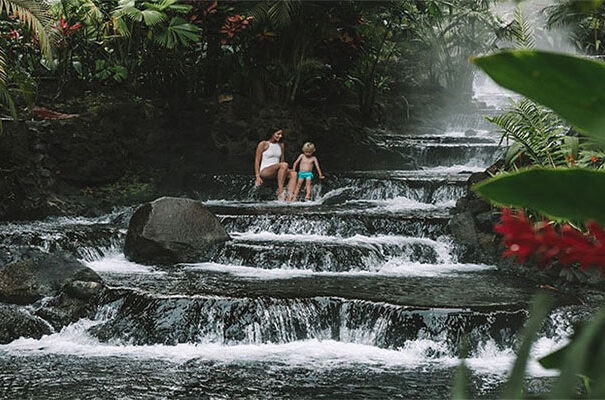
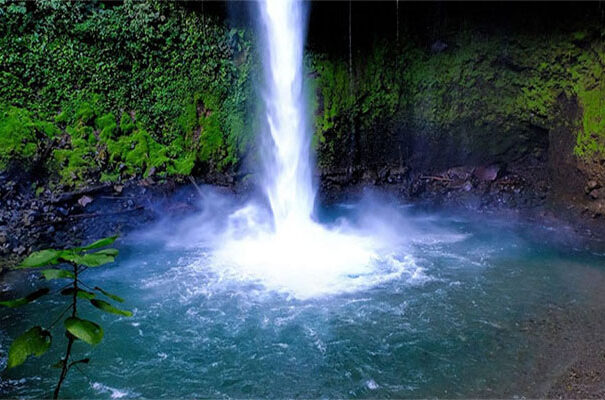
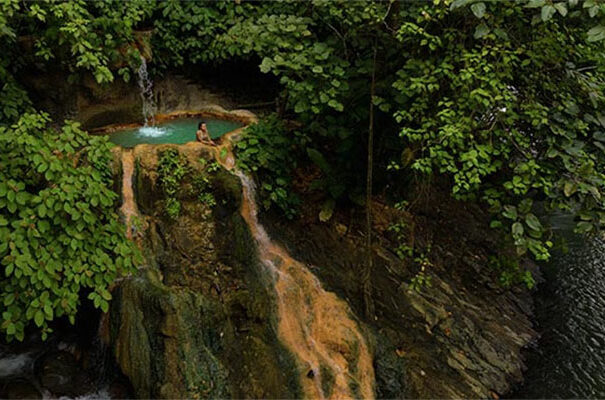
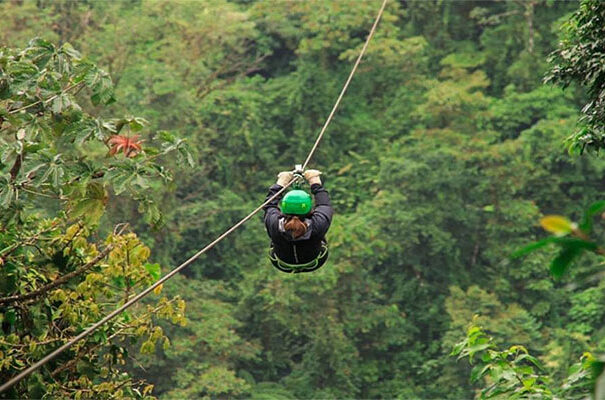
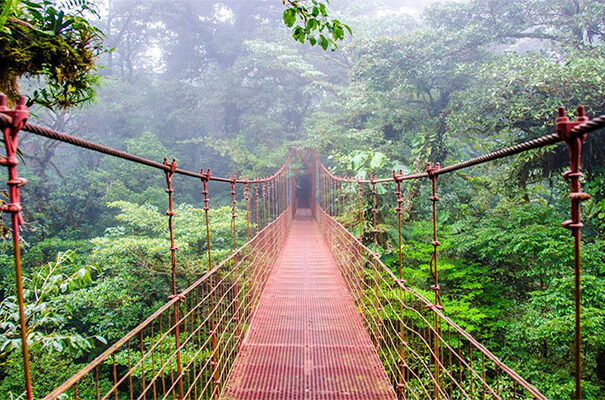
Arenal Volcano
Arenal Volcano is an active andesitic stratovolcano.
Last Eruption: 2010
Elevation: 1,657 m
Prominence: 813 m
Main Crater: 140 m in diameter
Lake Arenal
Max. Length: 30 km
Max. Width: 5 km
Max. Depth: 60 m
Surface: 85 km2
Hydroelectricity
Lake Arenal was tripled in size with the construction of the Arenal Dam in 1979 at the eastern end of the lake. Since then, the lake’s waters have been used to win electricity. This hydroelectric project is hugely important to Costa Rica, initially generating 70% of the country’s electricity, now closer to 17%, and was also a driving force behind Costa Rica’s green energy policy.
Wildlife
Fish species in Lake Arenal include the machaca and the rainbow bass. You can find many species of plants, more than 100 different mammals (including jaguar and tapir), and 300 species of birds, including the quetzal, in the area.
Recreation
The strong, dependable winds attract windsurfers and kite surfers from November through April to its western end. Many consider Lake Arenal one of the world’s best windsurfing and kite surfing areas. Wakeboarding is gaining popularity in Costa Rica, with Lake Arenal being the center of this activity. Stand-up paddling and kayaking are also popular activities for tourists visiting the lake’s Eastern part near the earthen dam. There is much good fishing (primarily for rainbow bass) and kayak fishing opportunities in the shallow and secluded coves. The lake area has good hiking, biking, bird watching, and horseback riding opportunities.












Guanacaste Coast Tour
The Guanacaste Coast (Northern Pacific) has a little something to offer every traveler.
This country zone has many surfing towns, luxury resorts, eco-friendly cabanas, and quaint bed and breakfasts. You can find a fantastic array of diverse flora and fauna as well as stunning biodiversity as you travel within its boundaries.
It is the ideal location for outdoor adventure, from challenging white water rapids to surfing along with one of the Nicoya Peninsula’s top-rated beaches.



















Cañas
The community of Cañas sits along the Northern Lowland plains of Guanacaste. It is just off the Pan American Highway, making it very accessible for travelers to come and go.
The culture in Cañas is slow-moving and very relaxed. This style of living is affectionally called a cowboy culture (Sabanero in Spanish). You’ll see locals riding horseback down the street and plenty of cattle-raising farms in the region.
Cañas isn’t a place for frill and modern amenities. This dry, dusty Latin American town embraces tradition, and you’ll even have a hard time finding businesses open during lunch hours. Loaded with charm and unique culture, Cañas is the perfect place to visit if you truly want to experience the Tico lifestyle.
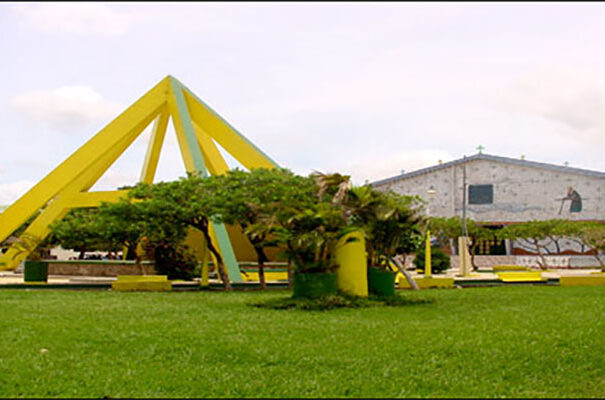
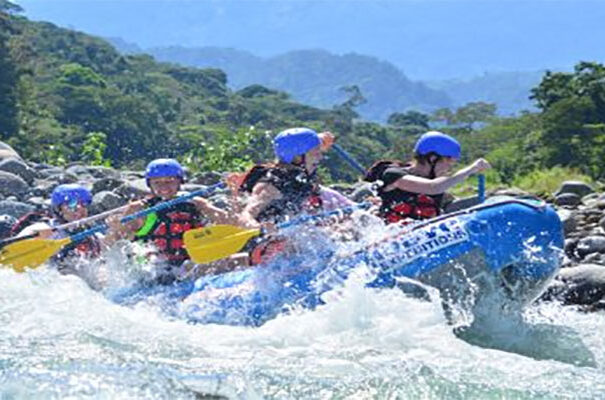
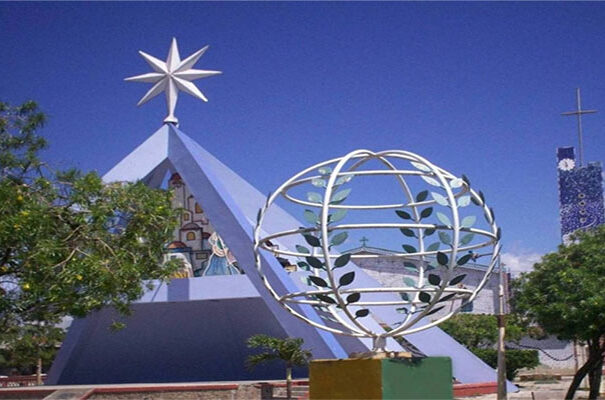
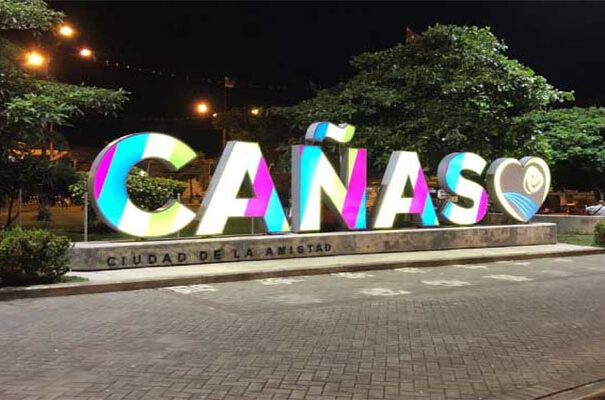
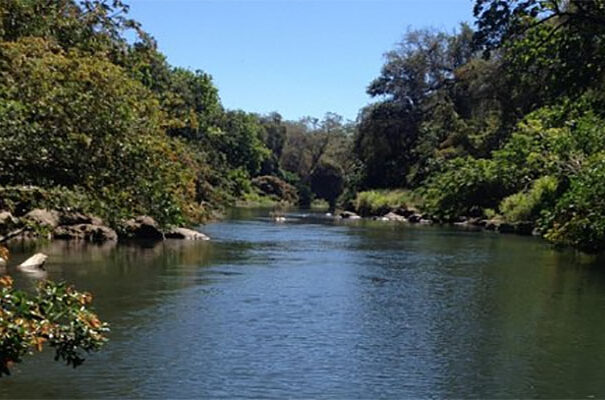
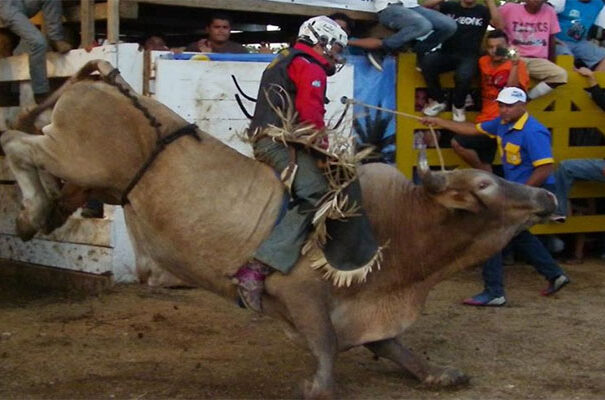
Waterfalls Llanos de Cortez
The waterfalls of Llanos de Cortez are one of Guanacaste’s most spectacular natural wonders, a must-visit in our Northern Pacific Tour.
Located just a short ride away from Liberia, Llanos de Cortez is a giant cascading waterfall that flows over mossy rocks, visible through the transparent falls.
The multiple thin streams of water feed into a pool at the bottom, perfect for swimming and cooling off.
A dense, dry forest will help make your experience at the waterfalls even more memorable.
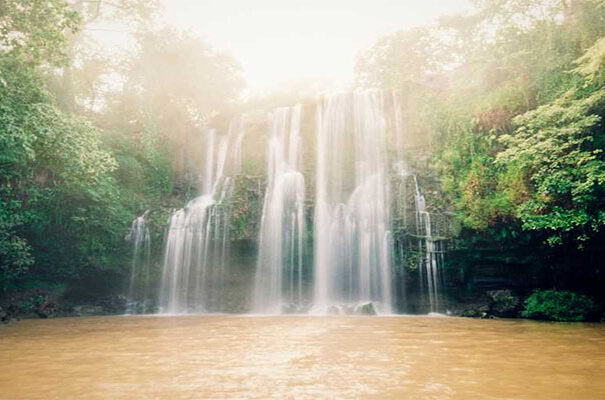
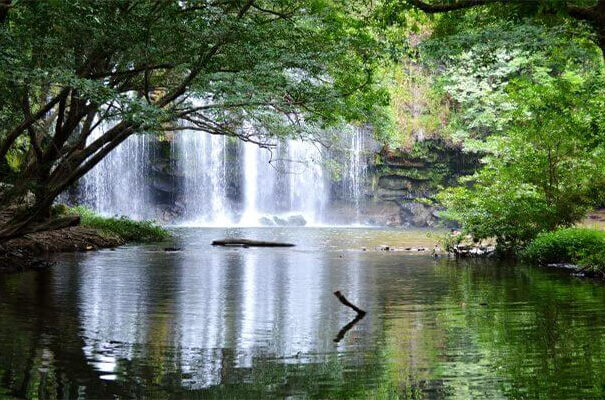
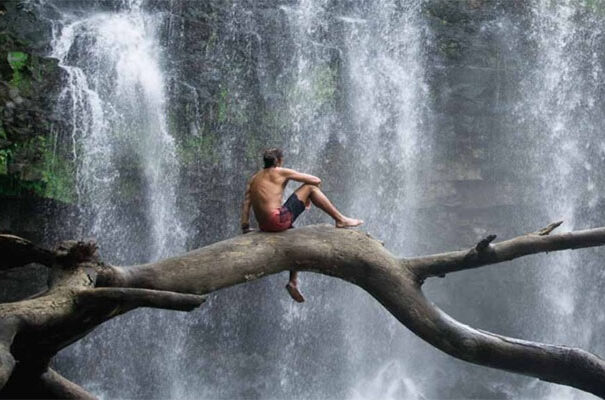
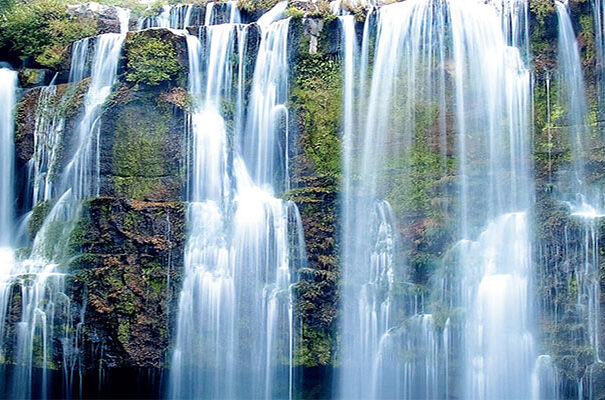
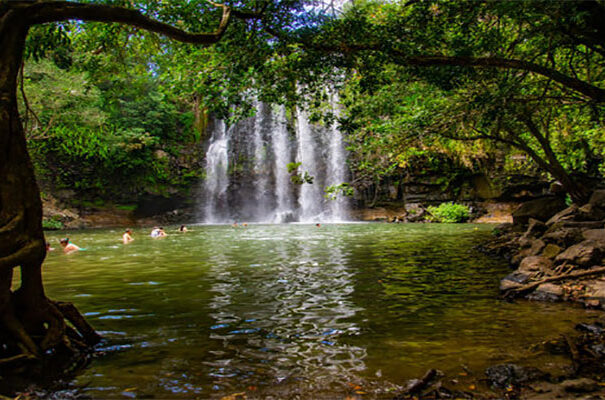
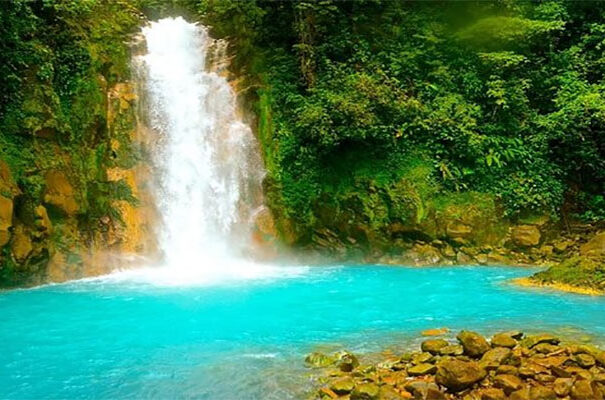
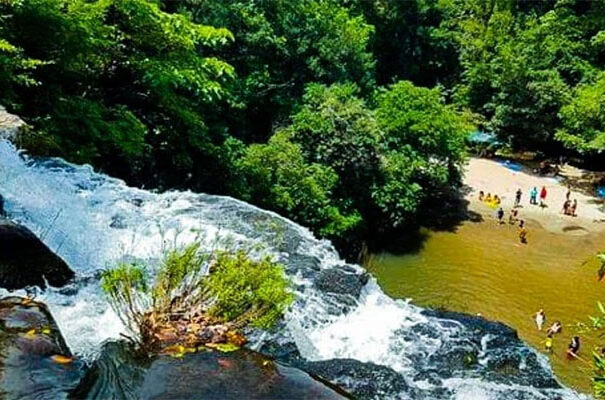
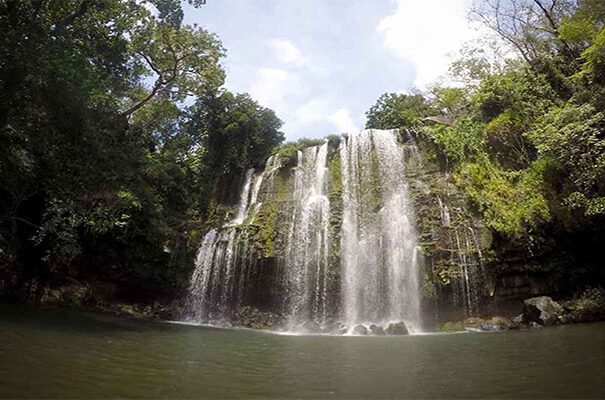
Liberia
Liberia is the capital of Guanacaste Province and the economic center of the north. The area was already settled in Pre-Columbian times since several trade roads were crossing here. It was known as the “White City” because the streets used to be covered with the white limestone found in the area.
The Museo de Guanacaste shows cultural and historical exhibitions in its old quarter. The Museo del Sabanero showcases local cowboy memorabilia, including photographs. The colonial-style Ermita de La Agonía is a Catholic church with a white façade is the oldest Catholic Church in the region.
An only short drive away towers the active Rincón de la Vieja Volcano to the northeast and the Miravalle and Tenorio Volcanos to the south.
Liberia‘s International Airport allows easier access to the country’s north, providing direct flights, especially to Canadian and U.S. destinations.
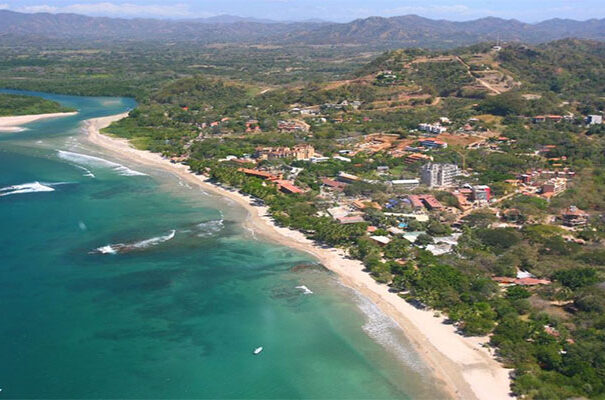
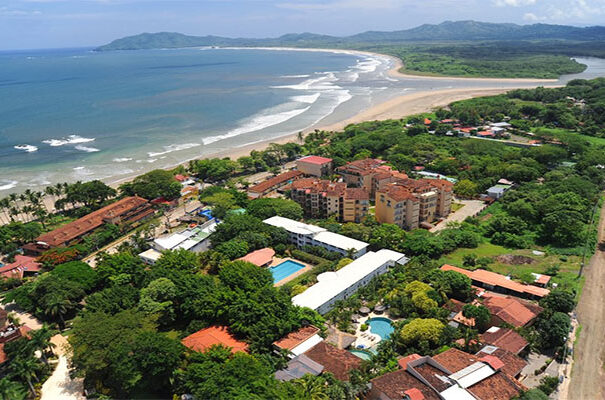
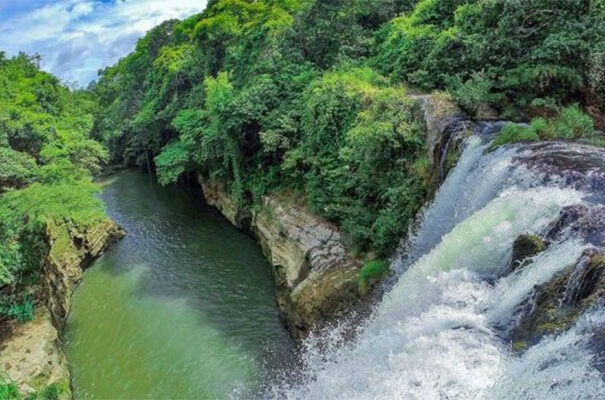
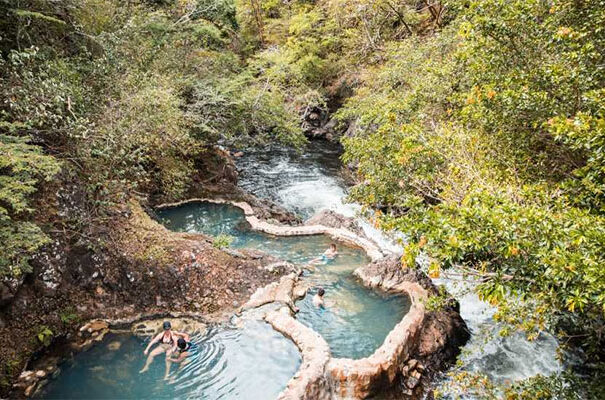
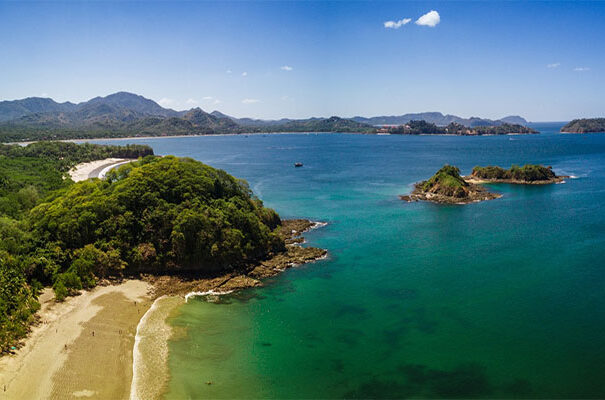
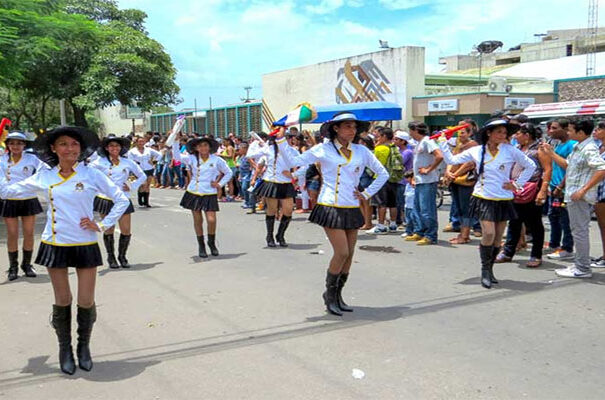
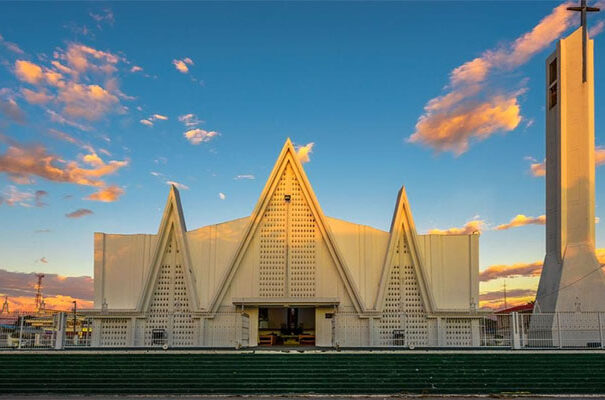
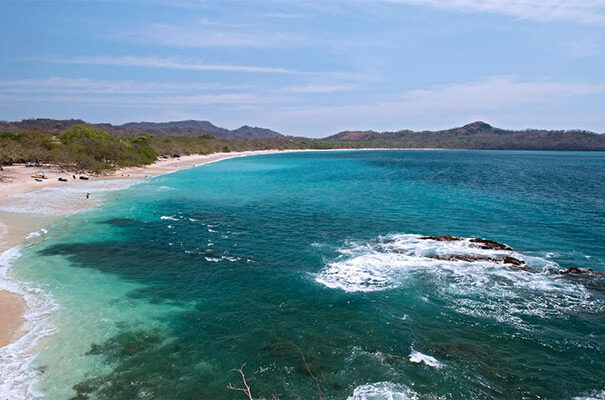
Tamarindo
Located in Guanacaste, Tamarindo is a bustling tourist town that lures surfers and sunbathers. Playa Tamarindo stretches in a long golden arc along the Pacific with verdant green mountains in the background. This resort town has experienced extensive development in recent years but is still a far cry from a city. Even so, a handful of mid-rise hotels and condominiums do make a visual impact along the shoreline.
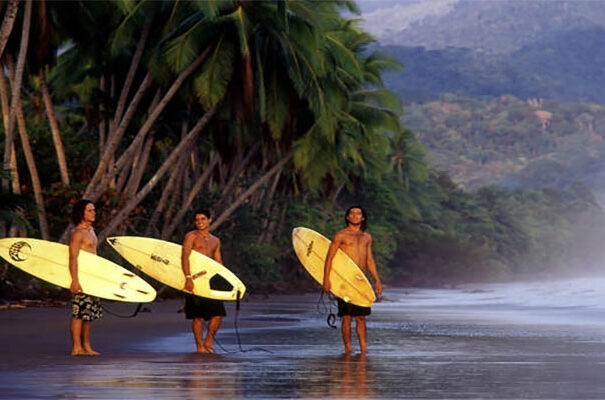
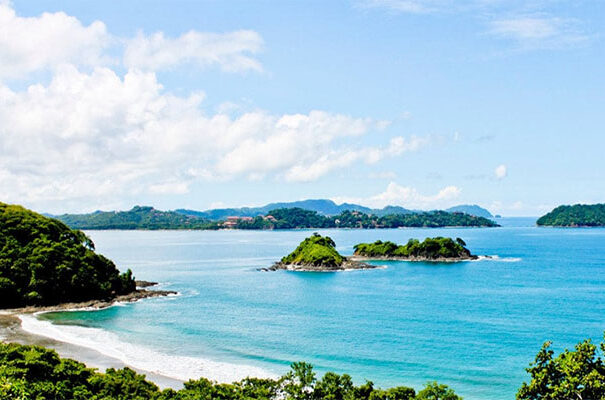
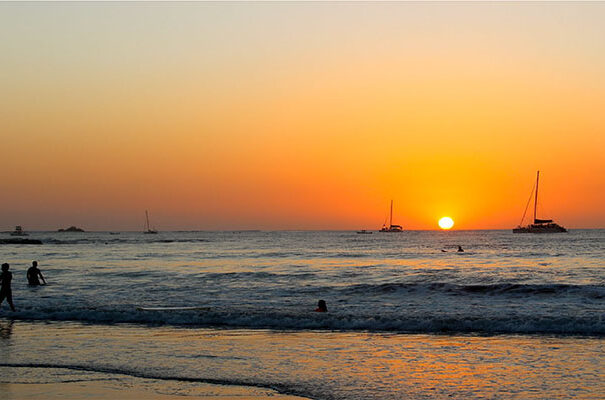
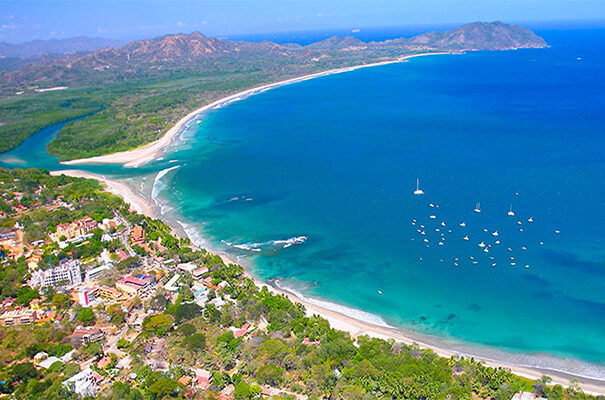
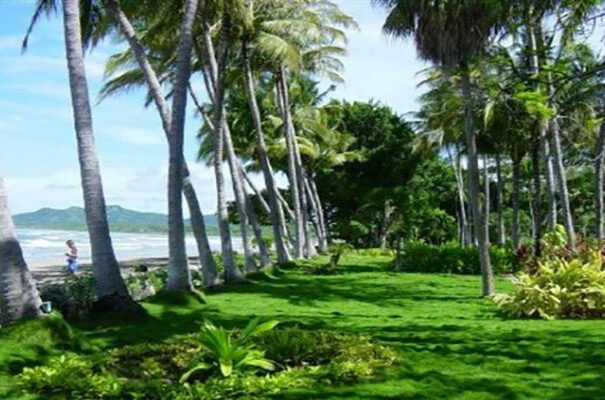
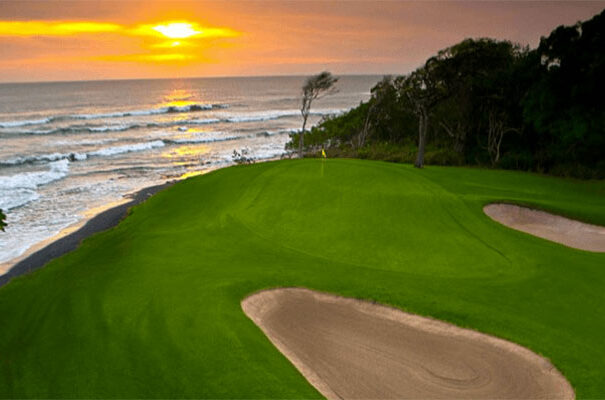
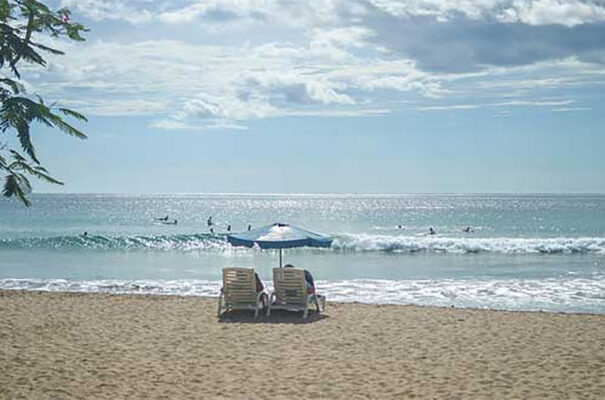
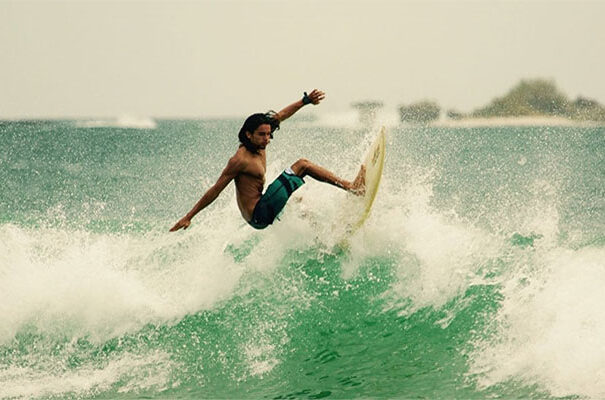
Nosara
Nosara is a tiny beach town known for its yoga and surf lifestyle. Also, it is well-known for its worry-free atmosphere and unspoiled shorelines.
Many people refer to it as “No shoes, no shirt, Nosara,” accurately describing its spirit.
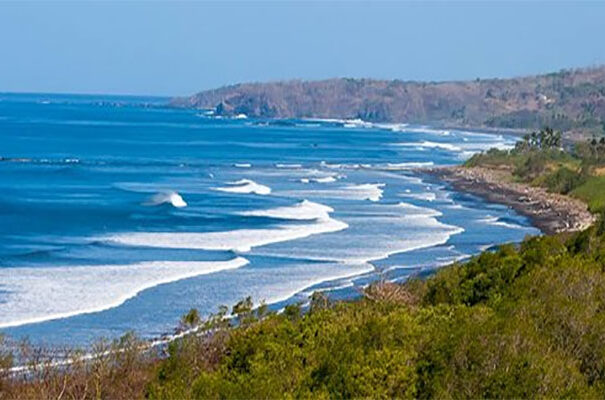
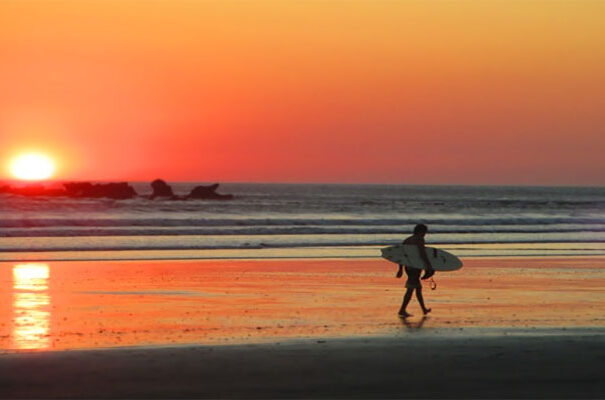
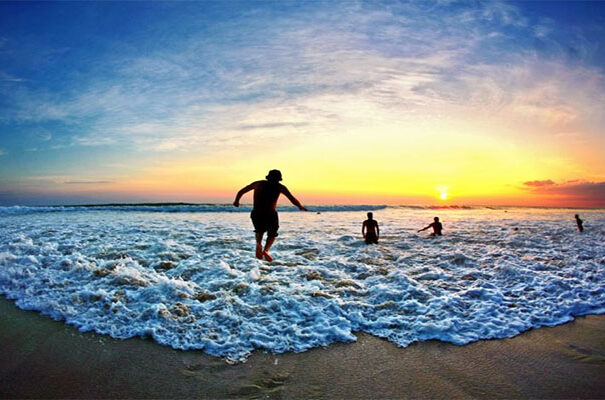
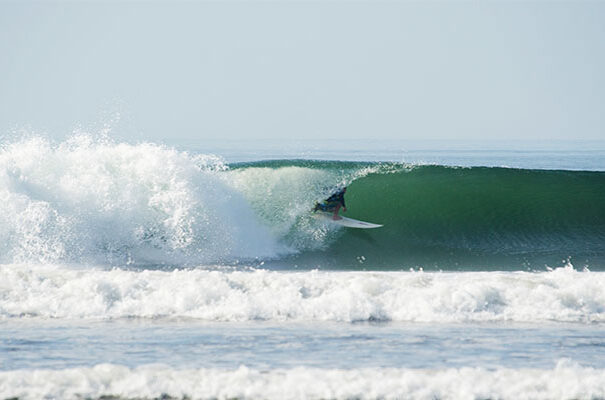
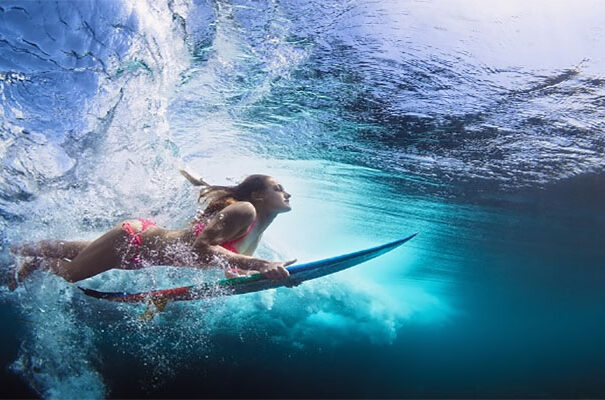
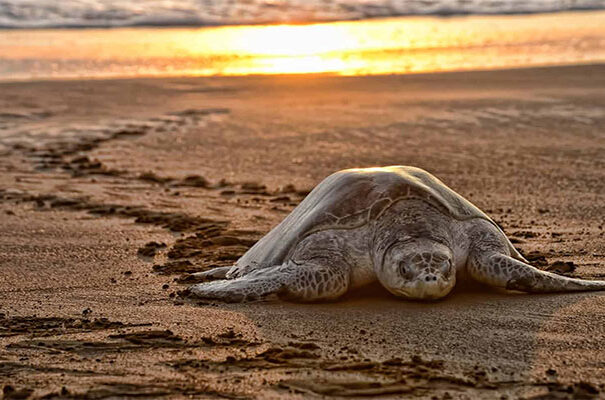
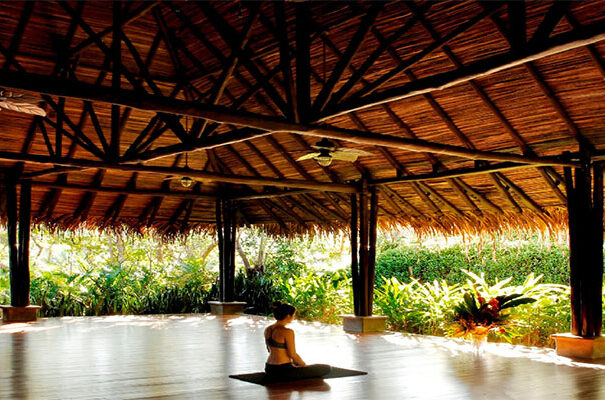
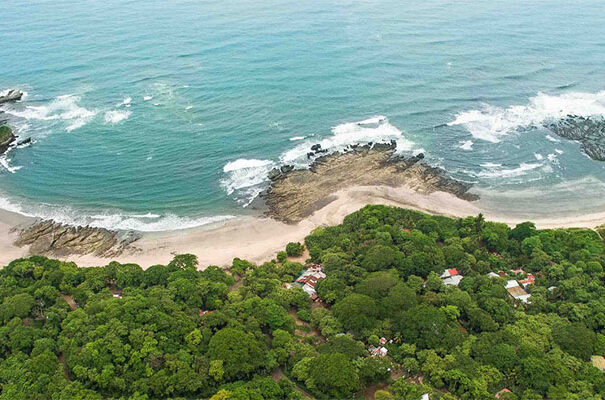
Samara
Samara is a small beach town on the Northern Pacific Coast of Costa Rica. It is well-known for its palm-lined main beach, Playa Sámara.
Traveling west along the bay at Cangrejal, you will find a reef that attracts stingrays and tropical fish.
In Sámara Bay, Chora Island’s wildlife reserve has pink sand and shelters marine birds. North, Playa Buena Vista is a sea turtle nesting site. The Buena Vista estuary mangroves are home to crocodiles and herons.
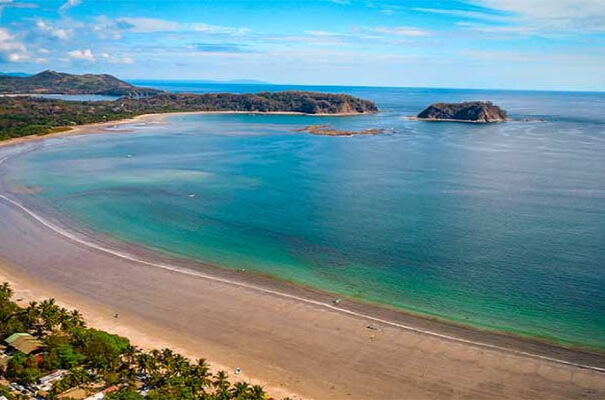
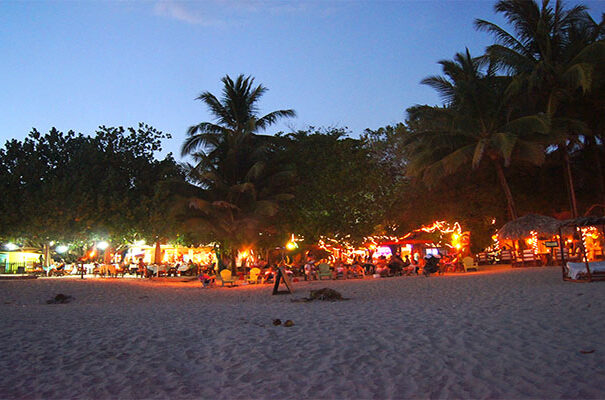
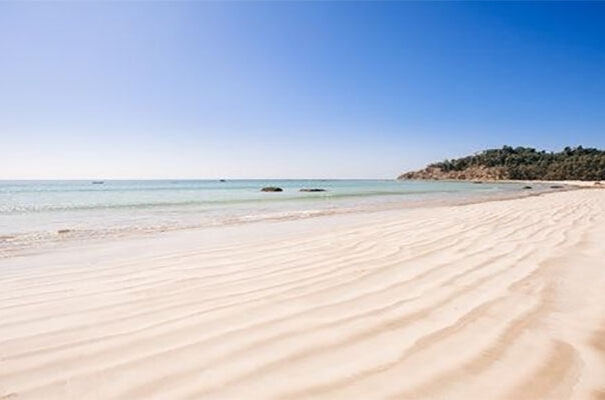
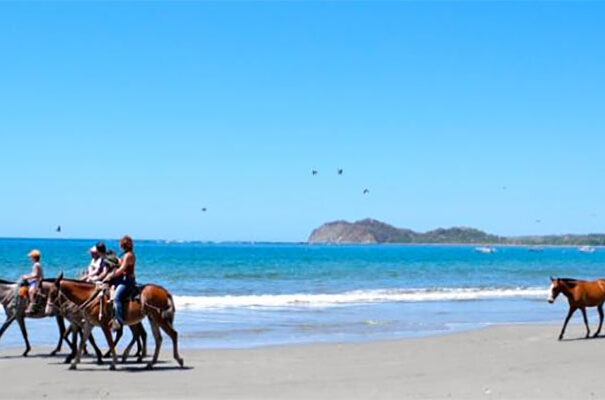
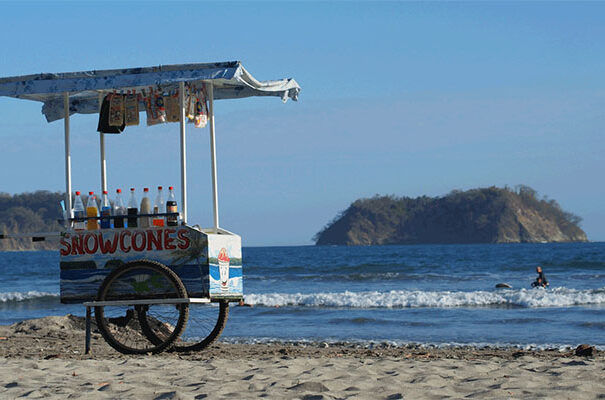
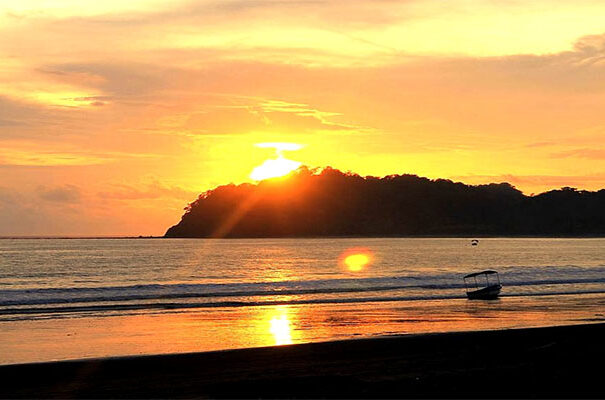
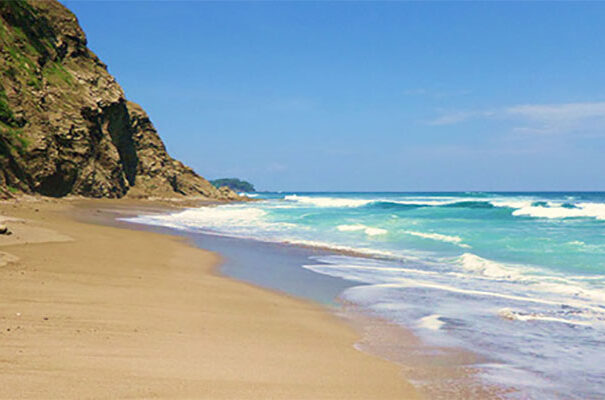
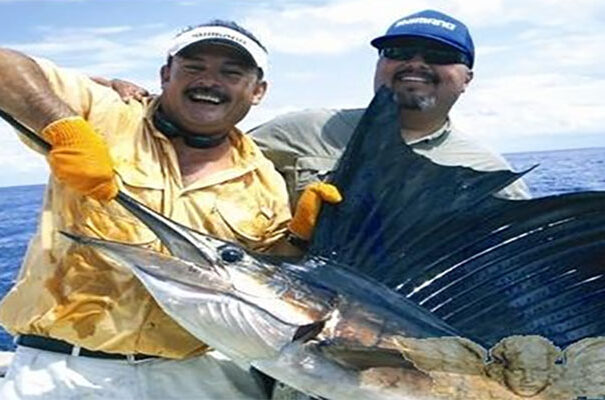
Playa Carillo
In our Northern Pacific Tour, we will visit Playa Carrillo, 3 kilometers south of Samara Beach. The town of Carrillo is similar to Samara, a laidback beach town, but on a much smaller scale than its neighbor.
This beach, which has stunning views and sunsets, is easily one of the best in Costa Rica.
In Carrillo, visitors can indulge in quality relaxation as distractions are few and noise is minimal. Instead of the development seen lining many of Costa Rica’s most popular beaches, you’ll see nothing but palm trees on Carrillo’s empty shore.
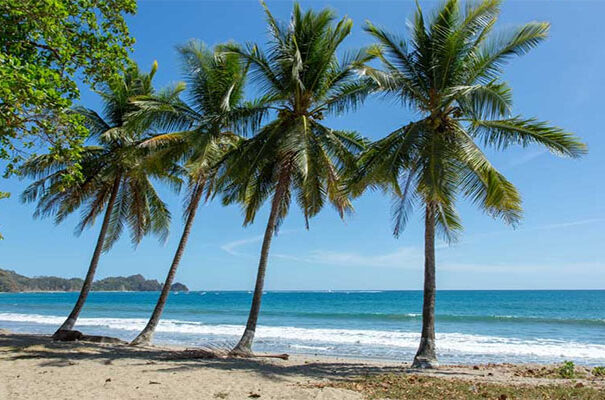
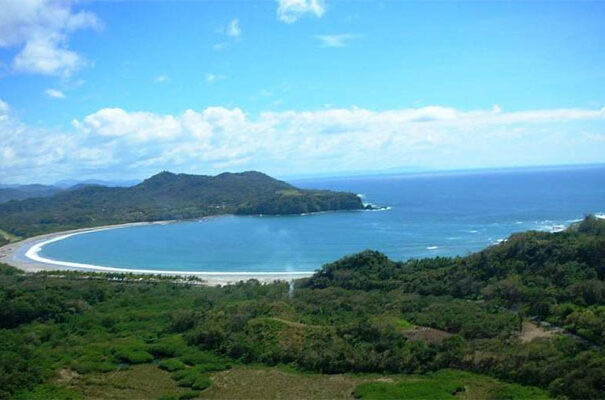
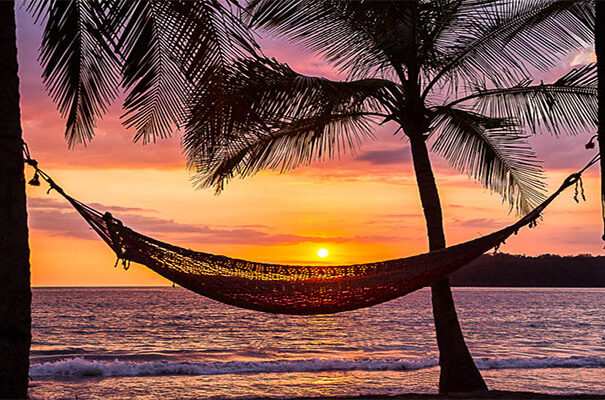
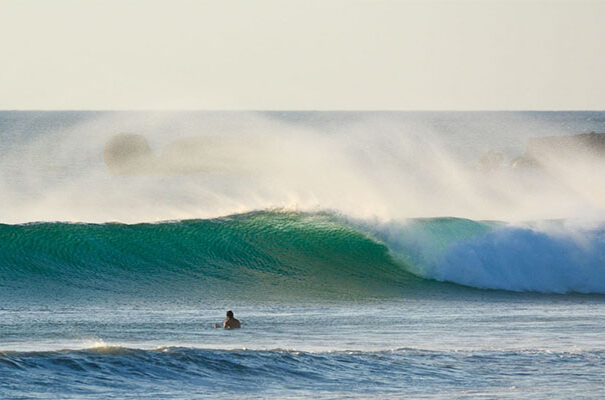
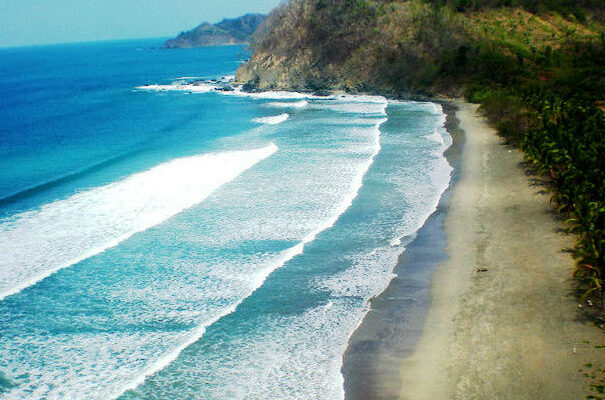
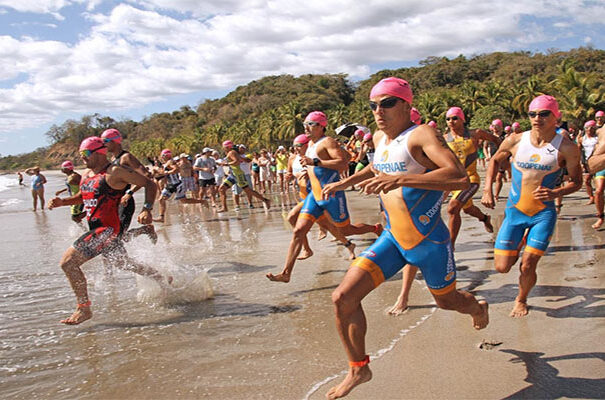
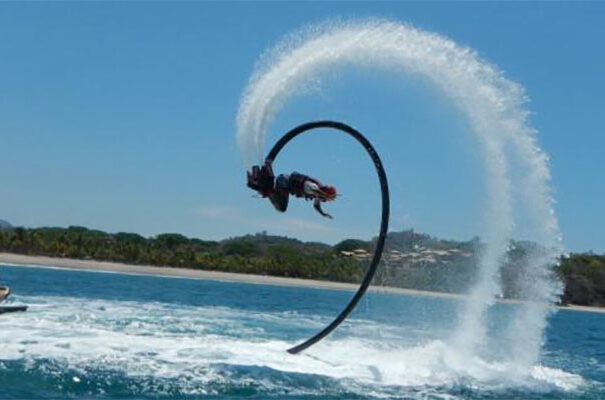
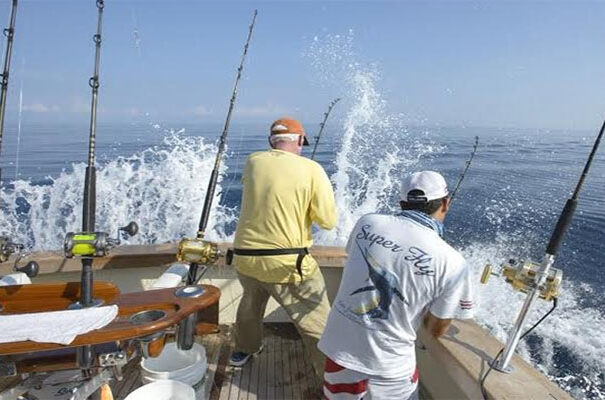
Punta Islita
Punta Islita is a lovely refuge away from the bustling city life, ideal for people seeking elegance and tranquillity. This romantic getaway, located in a hidden area of Guanacaste on the Nicoya Peninsula, provides stunning landscapes and access to many empty beaches.
Islita has a spectacular coastline and is still a natural hotspot in Guanacaste. The little village, which is barely populated, is quite attractive, with a modest white church and a bell tower. The town is a thriving creative community, with many foreigners and wealthy Costa Ricans supporting it.
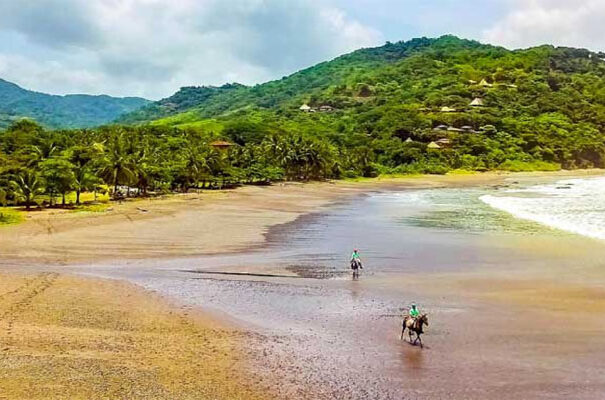
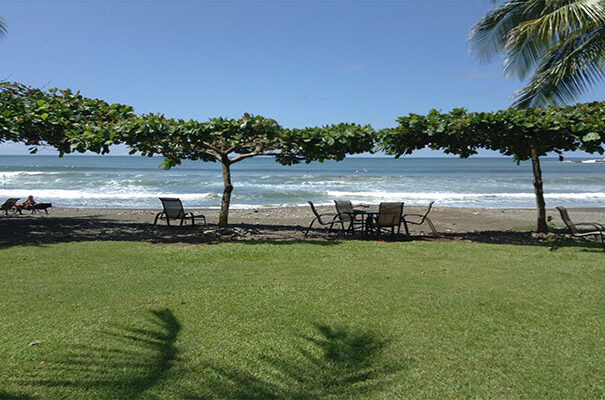
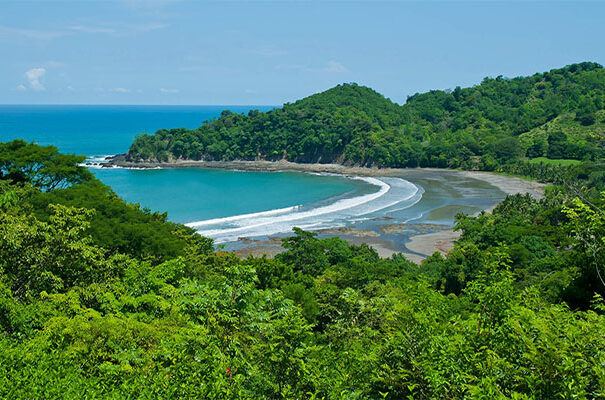
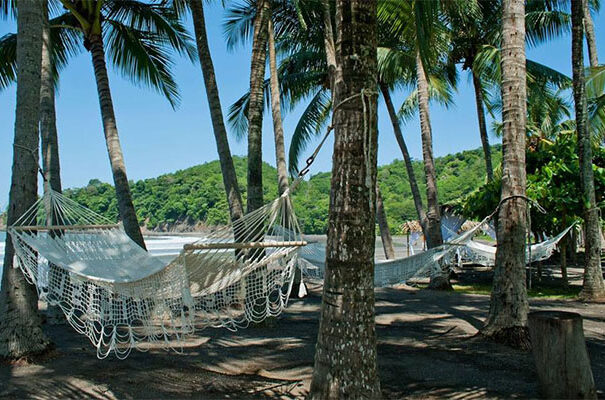
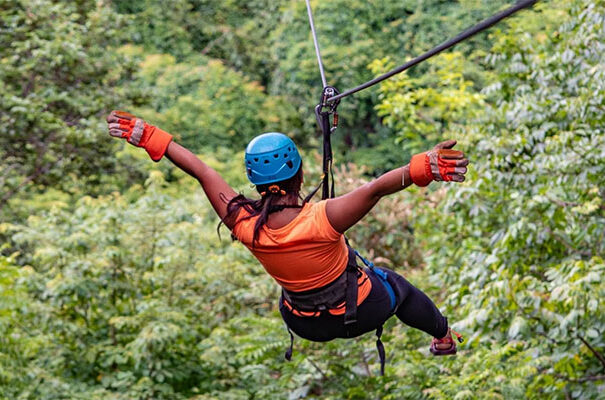
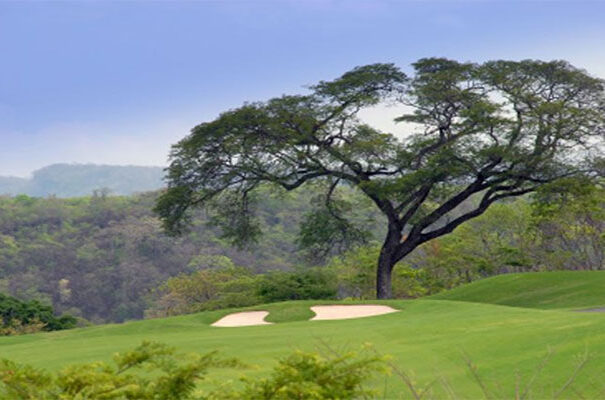
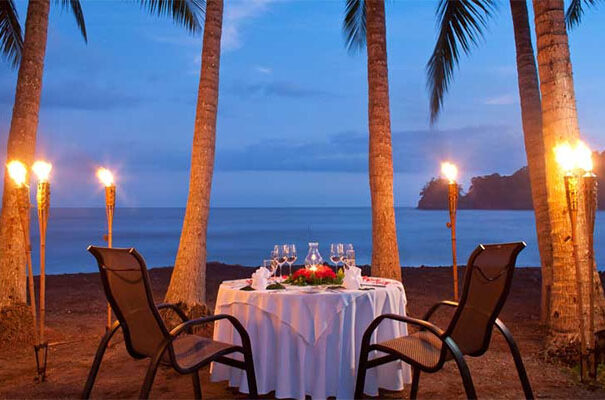
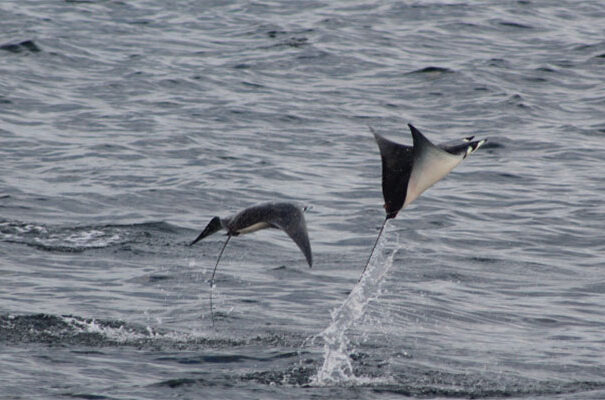
We are looking forward to presenting you properties in the Northern Pacific area of Costa Rica, such as:
- La Tigra in San Carlos;
- Land in the Arenal area.